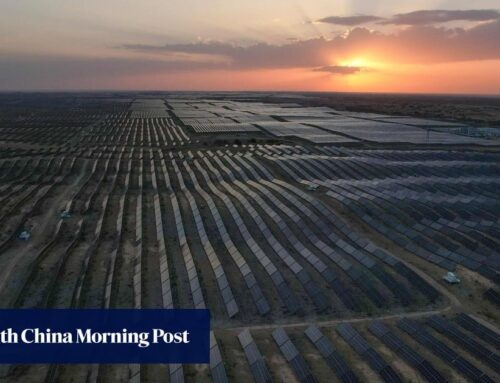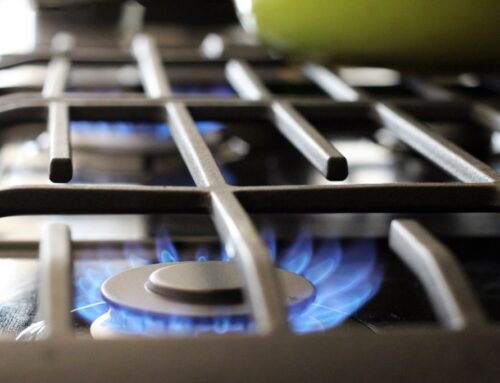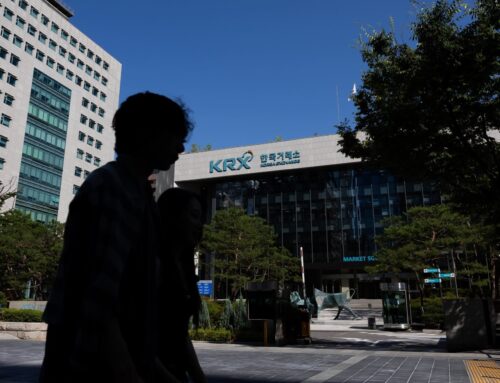Solutions for a gridlocked energy transition
May 28, 2025
It’s a frustrating truth that the world currently has more renewable energy than it can handle.
The UK lost over one billion pounds in 2024 due to having to curtail 6.6 terawatt hours (TWh) of wind power. In the US Midwest, wind generation grew by 42% from 2019 to 2023, but curtailment increased by 300% during the same period. This phenomenon is spreading across the globe — from West to East, and from North to South.
Why is this happening? Because the infrastructure for renewable energy cannot match its rapidly increasing output. Around 3,000 gigawatts (GW) of renewable power projects are waiting in grid connection queues, according to the International Energy Agency (IEA).

Grids are holding up the energy transition
Electricity grids were designed to run on fossil fuels like coal and gas, making them ill-equipped for the variable and decentralized nature of renewable power sources like wind and solar.
Transitioning them for renewables is both time-consuming and costly. And while investment in renewables has nearly doubled since 2010, investment in grids has stalled at around $300 billion per year, when it needs to double by 2030. What’s more, complex permitting and regulatory hurdles are slowing down approvals for new projects.
As a result, global electricity grids are at risk of becoming the weak link in the energy transition, the IEA says. With electricity demand projected to increase by one-third to three-quarters by 2050, and a huge emissions gap in countries’ climate pledges, bringing global grids up to speed is vital in the successful switch to renewables and low-carbon fuels.
Accelerating grid connections
While COP28 pledged to triple renewable energy capacity by 2030, COP29 recognized that the only way to achieve that goal was to commit to an energy storage target of 1,500GW by 2030.
Storage is a key way to address the electricity gridlock. Not only does it prevent wasted renewable energy and the associated costs — the UK’s lost wind power is said to have cost taxpayers $1.24 billion in 2024 — but it also means the grid can more often reach for clean energy when there is extra demand.

Low-emission fuels like ammonia and hydrogen are one promising route for storage. As Javier Cavada, President and CEO, EMEA, at Mitsubishi Power, says: “Because of its ability to store energy for a long time, hydrogen can capture so-called ‘curtailed’ electricity — generated when renewables produce more than the grid can immediately absorb and which is currently lost.”
Alongside storage, infrastructure upgrades, including smart grids and power-plant optimization, are essential. Artificial intelligence, while a huge energy demand on the grid, can be harnessed to optimize power flows and reduce congestion. For example, a US utility company installed AI sensors on its lines, resulting in cost savings of over $100 million.
But unless regulations and permits streamline and accelerate, all of this potential progress will continue to be held up. Last year, the Federal Regulatory Commission ushered through changes to the US grid that will allow it to expand and connect to more renewable energy projects. And the UK’s Ofgem announced plans in November 2024 for how network operators can slash connection times.
With the renewable power projects backlog equivalent to five times the amount of solar PV and wind capacity added in 2022, pushing through these reforms — and ultimately these renewable projects and system upgrades — is both urgent and vital.
As Cavada says: “It will take extraordinary collaboration and urgency — working hand-in-hand with our industry partners, policymakers and all stakeholders — to accelerate global decarbonization before it is too late.”
Search
RECENT PRESS RELEASES
Related Post




